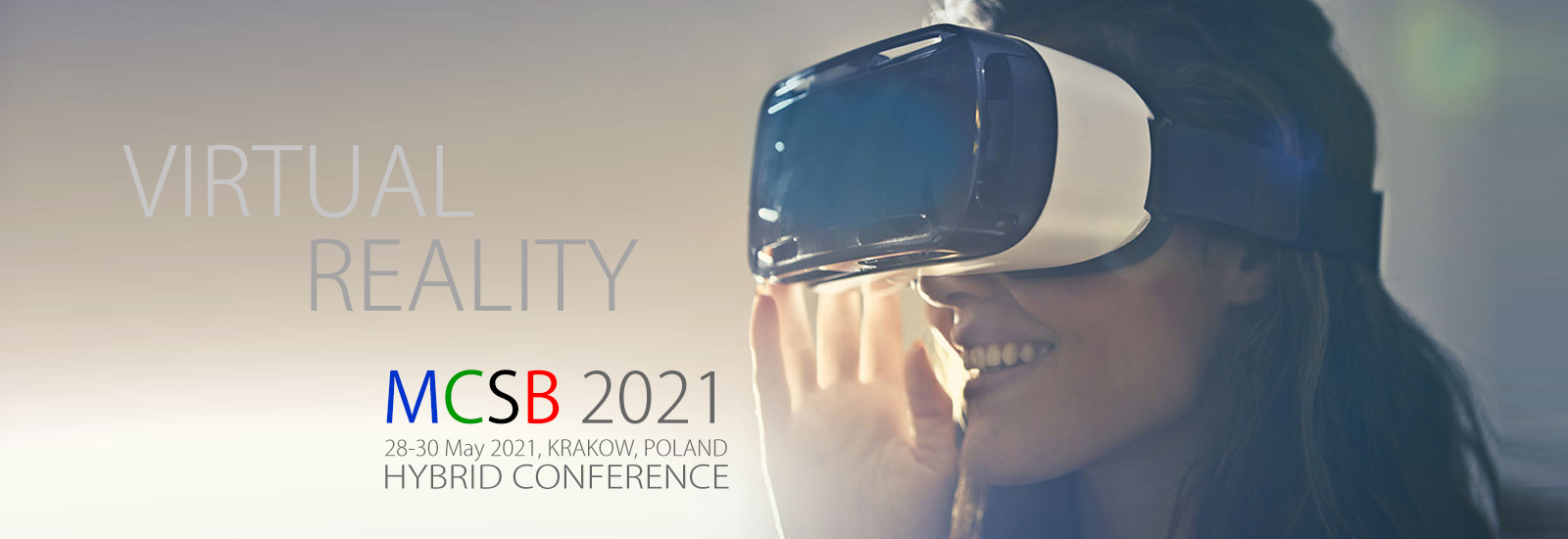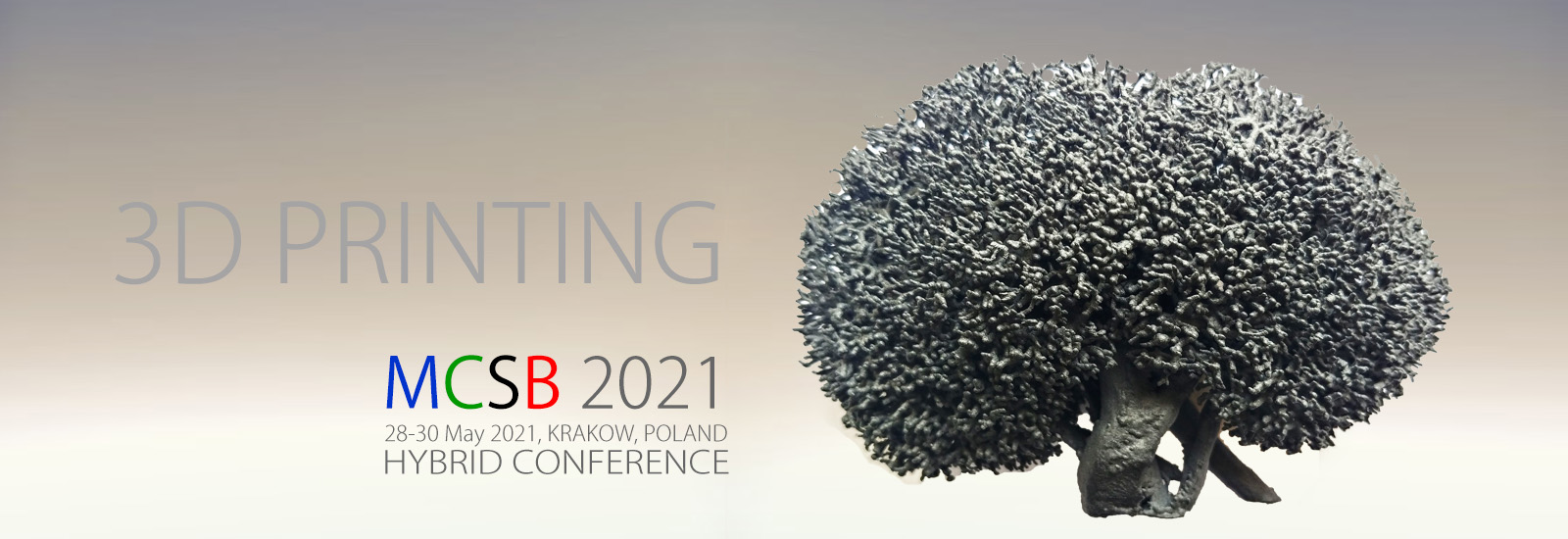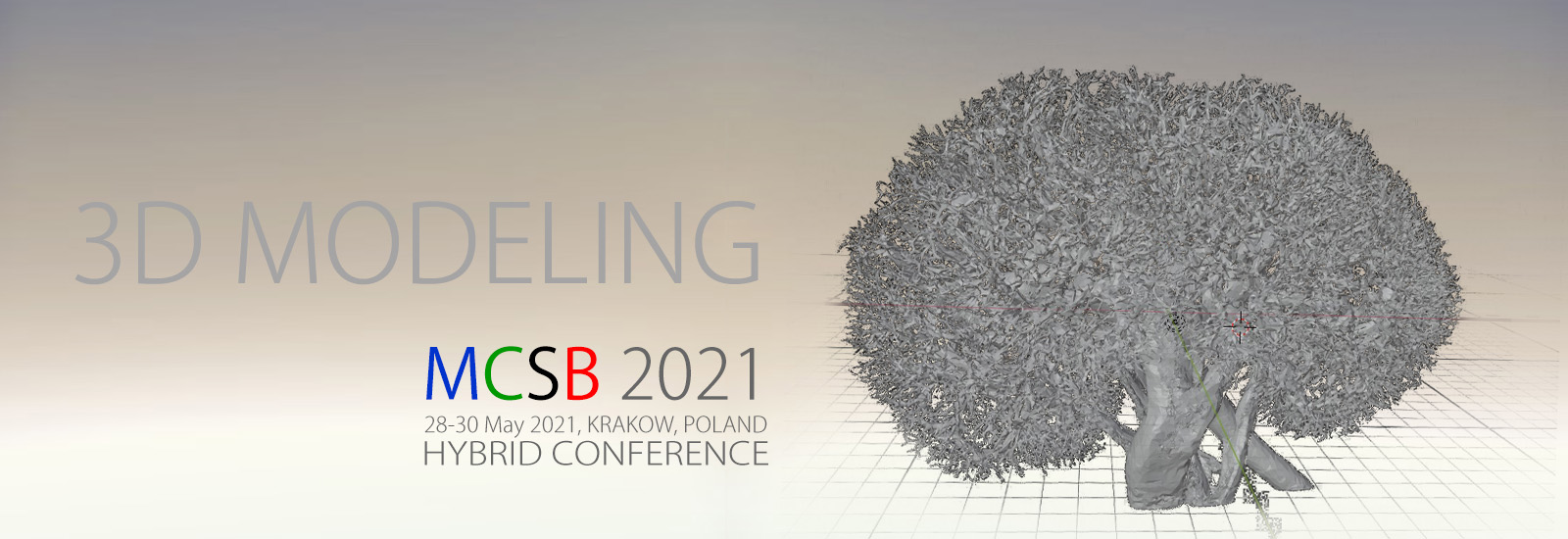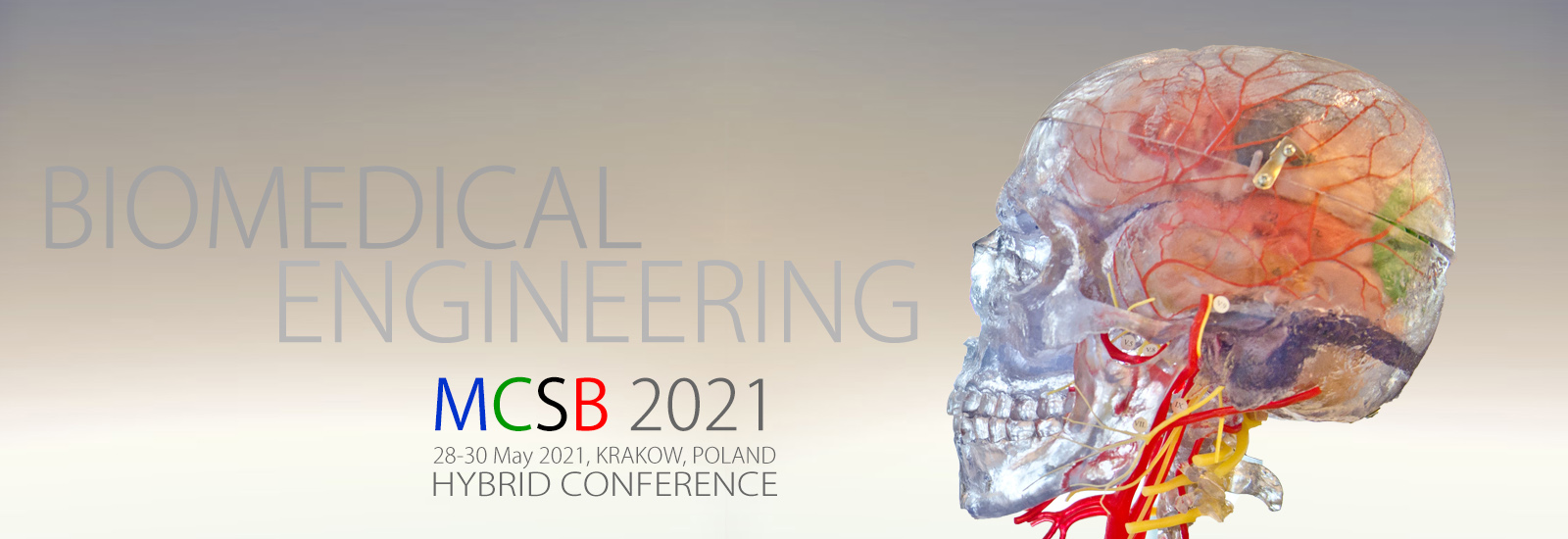DISTURBANCES IN VELOCITY AND AMPLITUDE OF SACCADES AFTER CONTRAST ADMINISTRATION IN PATIENTS UNDERGOING CORONARY ANGIOGRAPHY
Laskowska E 1, Czapska D 1, Gorzelańczyk E 2, Walecki P 3
1 Nicolaus Copernicus University in Toruń Ludwik Rydygier Collegium Medicum in Bydgoszcz, Poland
2 Kazimierz Wielki University, Bydgoszcz, Poland
3 Jagiellonian University Medical College, Krakow
INTRODUCTION: The aim of the study is to evaluate eye movements before and after contrast administration in patients undergoing coronary angiography and coronary angioplasty. Coronary angiography is an invasive test to visualize the narrowing of the coronary arteries. Coronary angiography is often used for the diagnosis of heart diseases, but also before planned surgeries, such as placing coronary artery bypass grafting or before performing coronary angioplasty. The procedure consists in inserting a catheter into the coronary arteries through the peripheral arteries and administering contrast and taking X-rays showing the condition of the contrasted vessels. A contrast agent, like any substance introduced during treatments, may cause side effects, although not everyone will experience them. Usually, transient, mild side effects of the contrast effect are described, however, life-threatening and severe reactions also occur. In the current scientific reports, there are no results of studies on the assessment of eye movements associated with cardiovascular diseases, therefore this work could outline whether there is a relationship between the administration of contrast agents in cardiological procedures and the movement of the eyeballs.
MATERIAL AND METHODS: The research was carried out on a group of 35 people, including: 14 women and 21 men, the mean age was 65.2 years (aged 53 to 79 years). Each of the people was also measured from the blood sample GFR - which is an indicator measuring the amount of blood that is filtered by the kidneys. This indicator had to be assessed before giving the contrast. All participants had an eye movement test performed with the Saccadometer Advanced (Ober Consulting Poland). Saccadometer Advanced are considered by FDA as being Class II Medical Devices. The first measurements with the Saccadometer were carried out in the morning, and the next ones after the procedure. Each patient during the procedure was administered a non-ionic contrast agent: Optiray and Omnipaque in amounts appropriately adjusted to the weight.
RESULTS: Comparing the parameters of eye movements in the control group (without the contrast agent administered), it was found that the velocity and amplitude increased, and the latency and duration increased after coronary angiography and angioplasty for incorrect saccades (movement in the opposite direction from the stimulus), while for correct saccades there were no differences. Most statistically significant parameters consist of left-sided saccades, which may indicate a disturbance of laterality after the procedure.
CONCLUSION: The study found a possible effect of contrast agent administration on oculomotor functions, as shown by the disturbances in the velocity and amplitude of saccades in patients with stable coronary artery disease.





